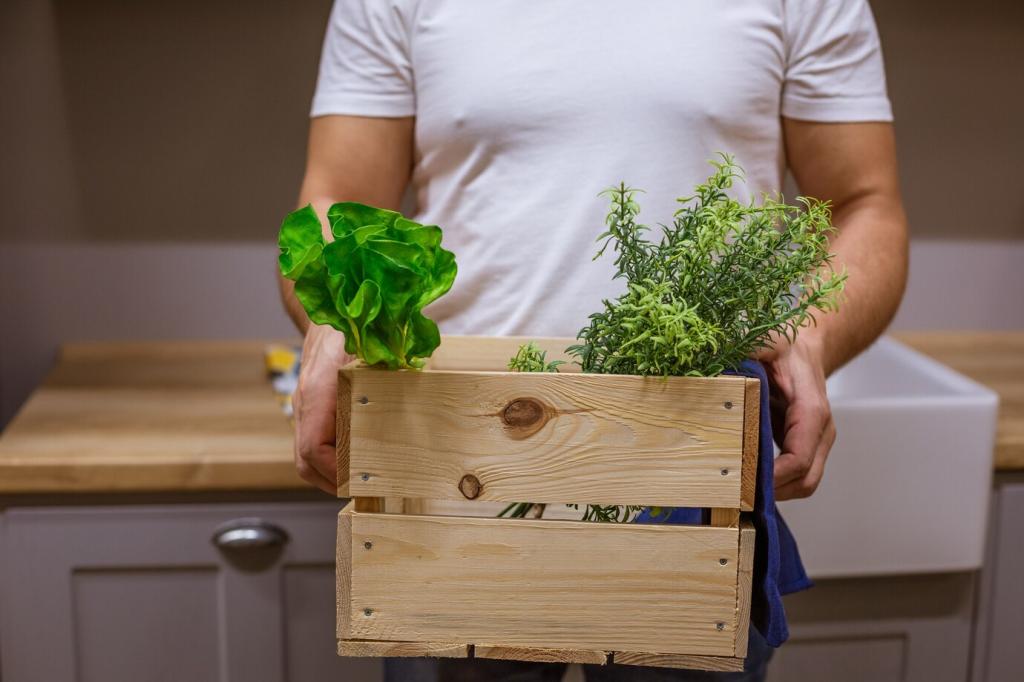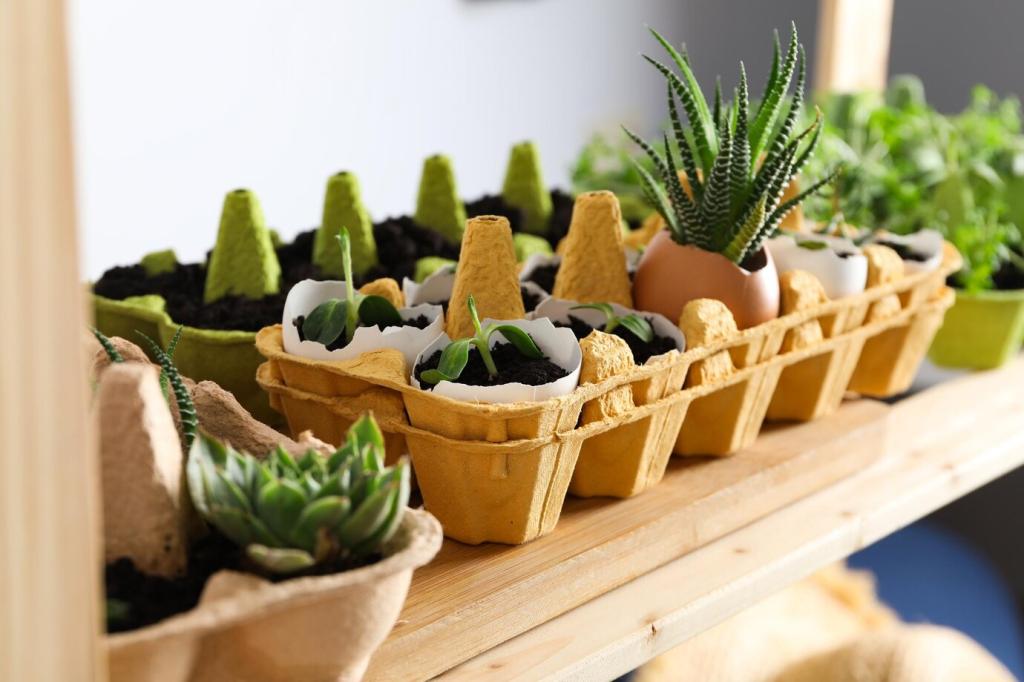Hardscapes, Shade, and Comfort
Decomposed granite, spaced pavers, and permeable concrete let rain sink into the soil, nourishing roots below. They also moderate runoff and heat. Share your patio dimensions, and we’ll suggest a permeable build‑up that balances stability, drainage, and cost.
Hardscapes, Shade, and Comfort
Pergolas, trellises with vines, and strategically placed trees lower leaf stress and reduce irrigation frequency. Cooling shade also makes outdoor spaces more usable. Tell us your sunniest corner, and we’ll recommend shade tactics that pair beautifully with drought‑tolerant vines.






